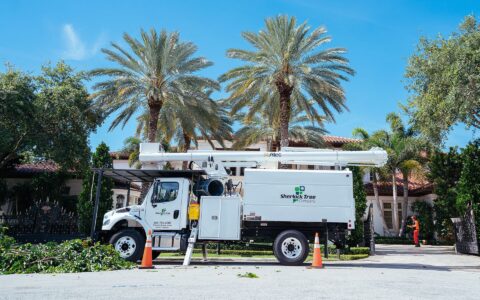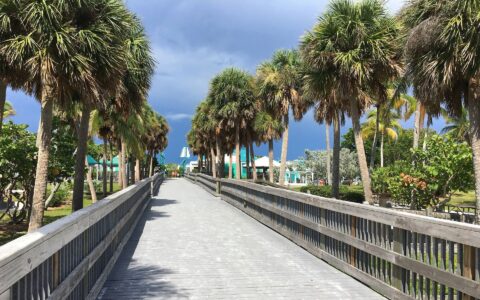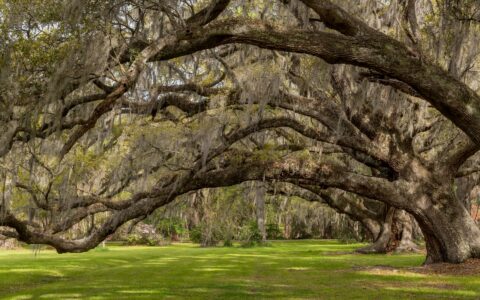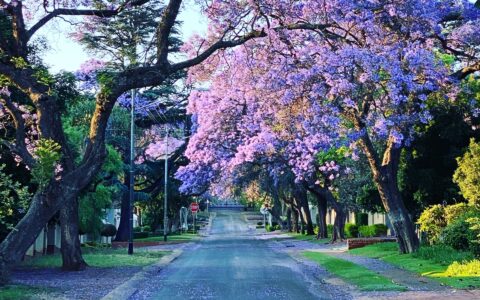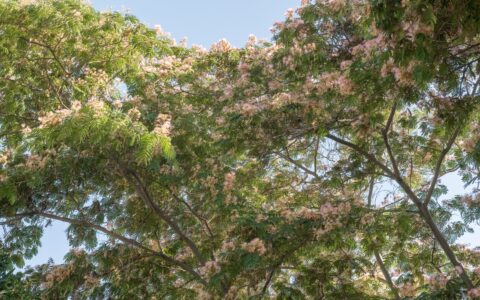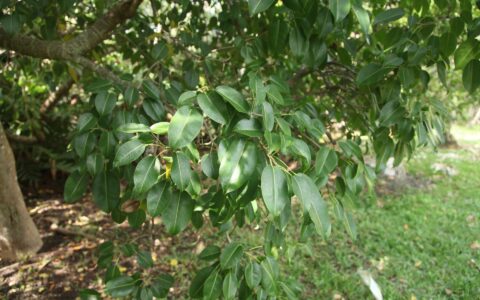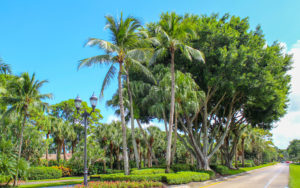Southern live oaks are majestic. Iconic. A true symbol of the South. You can’t but stop and admire them, especially when they form a canopy over a road or show off their Spanish moss accessories on their long, curved branches.
But how much do you know about these nearly evergreen, native trees that are found throughout South Florida?
History of Live Oaks
To truly appreciate the live oak, one need only look at their history. Because they have one of the strongest types of wood, they were used in shipbuilding. Live oaks naturally grow in different twisting and arched shapes, making the wood easier to use for the curves and angles of a ship. The U.S.S. Constitution, nicknamed “Old Ironsides”, was built from 2,000 trees, most of which were live oaks. The ship earned the nickname during the war of 1812, when the ship reportedly had cannonballs “bouncing off the side” of the hull.
Unfortunately, between live oaking (cutting down and transporting wood for shipbuilding) and using wood as fuel, many of the live oak forests were lost. Luckily, we can still appreciate the ones that are left, and some of them, like the Treaty Oak in Jacksonville, are over 200 years old!
About the “Live” Oak Name
Live oaks get their name from the fact that they are always “live,” meaning that they (almost) always have leaves. The leaves are only shed once a year, in the spring, after new leaves have formed (unlike other oak trees that lose their leaves in the winter months). The scientific name, Quercus virginiana, points back to the fact that the live oak is most commonly found in the southern states, including Virginia.
Not sure what a live oak looks like? Check this handy tree ID guide to live oaks.
What’s growing all over my live oak?
Live oaks are typically found with Spanish moss hanging from their boughs, and resurrection ferns like to grow around the trunks. Unlike parasitic plants, such as mistletoe, the moss and fern do not take nutrients from the trees; instead, they use them as support. They don’t harm the tree at all, but rather live peacefully together. Not to mention that they add a certain level of drama to the stately trees!
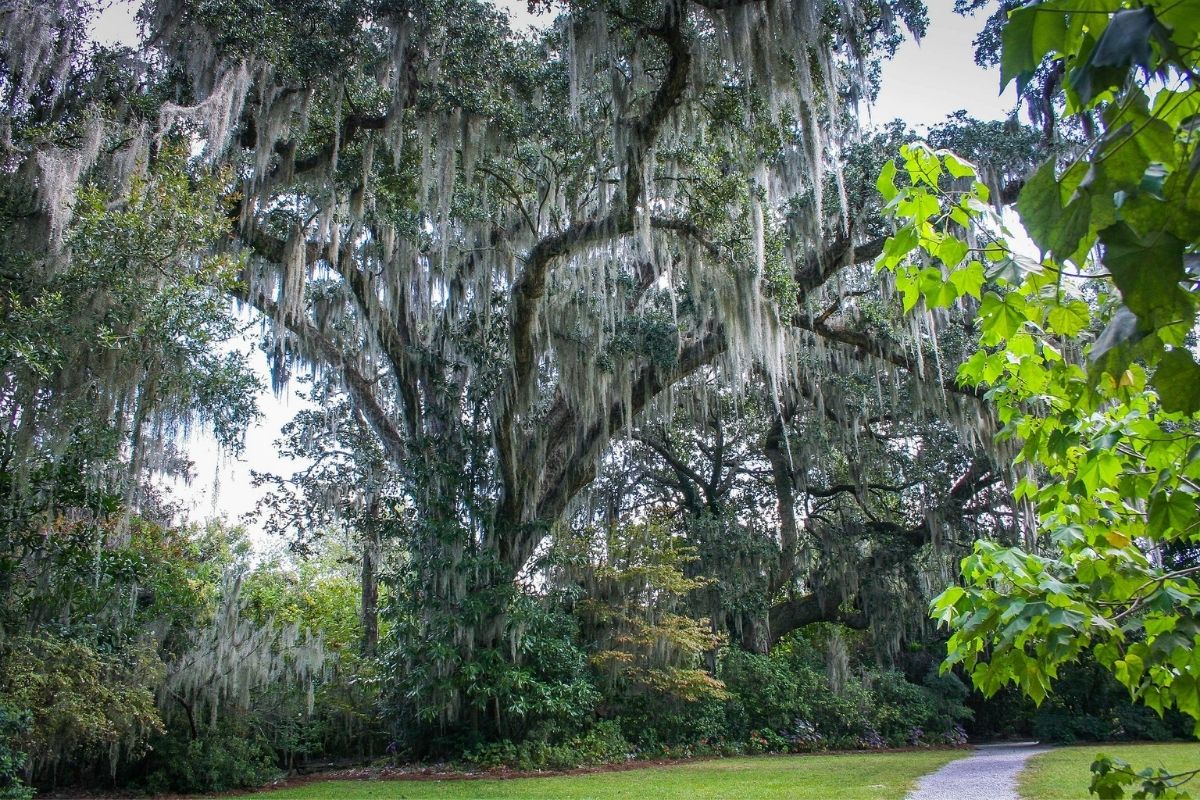
Spanish moss hanging from branches won’t harm a live oak but it does give it a “signature look”!
Planting Southern Live Oaks
Southern live oaks are an ideal tree to plant in South Florida, as they require very little care. However, they need a large space in which to grow.
You’ll need a yard that enables them to branch out and can accommodate the extensive root system. While they don’t grow particularly tall (only 50 or 60 feet), live oak limbs grow outward and occupy a large area (around 100 feet). The roots also require plenty of space and have been known to lift sidewalks and driveways over time.
We recommend that you plant a live oak at least 10 feet away from sidewalks or roads, and 20 feet from a foundation. Don’t plant it near overhead power lines either; keep it at least 30 feet away to avoid dangerous problems.
Live oaks do best in warm, moist weather (which is why they thrive here in South Florida) but are also drought tolerant. They have a high degree of tolerance for salty soils (so can be planted near the beach) and shade. However, they cannot stand the cold, and won’t survive if we have extended periods with freezing temperatures.
It has been estimated that a single live oak can add up to $30,000 in value to a property, if properly planted and cared for.
Caring for Southern Live Oak Trees
The southern live oak is a moderately fast-growing tree (about two to three feet each year), and most live oaks reach their maximum trunk diameter within 70 years. They are practically self-sustaining, but early watering and pruning can help your tree flourish.
If you’ve recently planted or plan on planting a young live oak, water it regularly to keep the soil moist (but not wet).
Avoid planting other trees or plants too close to the live oak tree, as, like most of us, it needs space to thrive and grow. It’s also important that the tree not be in competition with other plants (including turf) for nutrients. We recommend leaving at least a 15-foot radius around the tree for roots to grow.
Properly using mulch is one way you can suppress competing weeds and add nutrients to the ground for your live oak. Don’t pile the mulch up against the trunk of the tree, creating a “mulch volcano.” Rather, place it several inches away from the trunk and spread it so that it is no more than 2” to 4” high.
As your tree grows, have it pruned regularly but NEVER top a live oak (or any other kind of tree). Creating proper branch and trunk structure early on will ensure that the tree grows strong and healthy. Prune any dead wood – for safety reasons, and because it keeps the tree healthy with good wound closure.
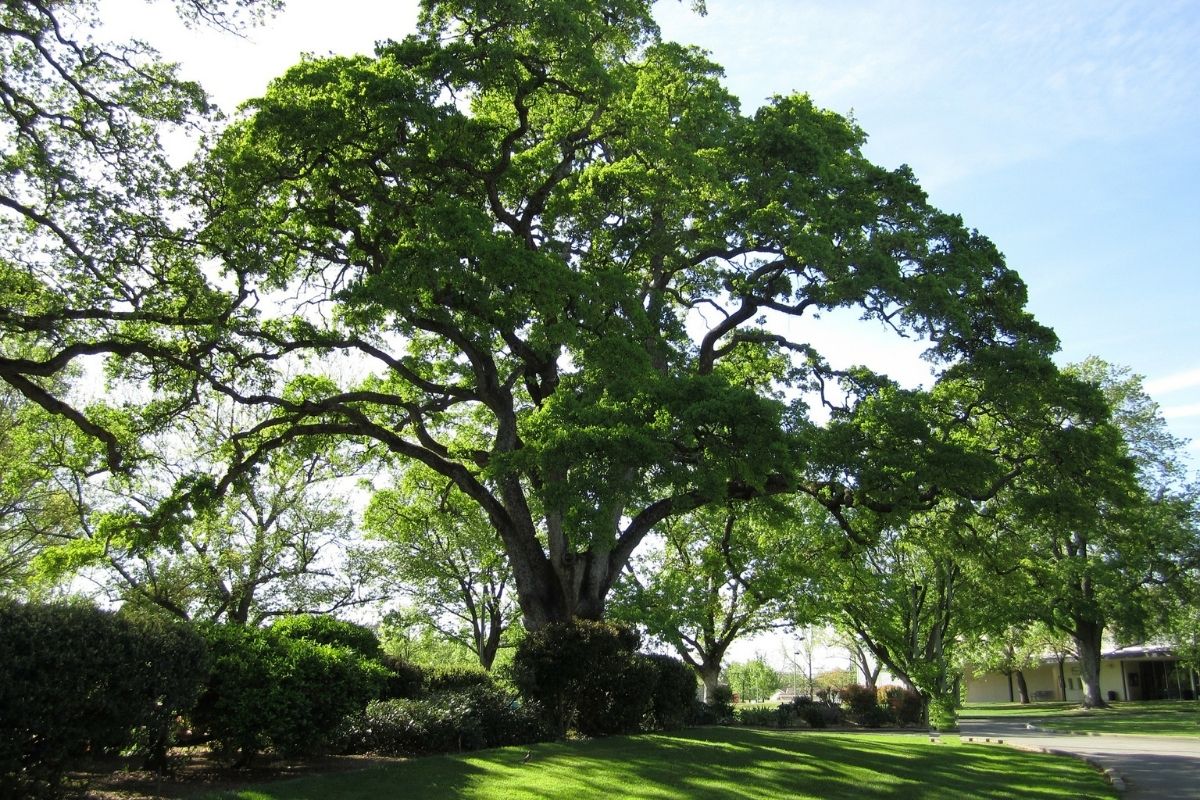
Live oaks make a stunning addition to the landscape if given enough space to spread their stately limbs
Live Oaks Are Hurricane-Resistant
Live oaks are good windbreaks during hurricanes, so are often planted with that goal in mind. Proper pruning and maintenance make it more likely that your tree will protect your home from high winds.
See more hurricane-resistant trees here >>
Provide Support for Your Live Oak
Mature live oak limbs are long, extremely heavy, and sometimes unable to sustain their own weight without support or pruning to reduce overall size. If a branch becomes too heavy, it may break and fall, potentially causing damage to the surrounding area.
Cabling and/or bracing can be used to maintain the height of a limb. Since live oak branches grow out rather than up, the added weight over the years sometimes causes them to grow downward. If your live oak’s limbs grow over a pathway or a driveway, for instance, cables and/or bracing can keep the branches elevated at a specific height (instead of having to remove them).
If you’re not sure if your live oak is in need of some support, contact the Certified Arborists at Sherlock Tree – we’re familiar with all aspects of live oaks, including their pruning and cabling needs.
Live Oaks – A Good Choice For Your Property
Overall, live oaks are great trees for South Florida properties that have room for the trees to spread out. They’re little affected by pests or diseases, are hardy in droughts, and tolerant of nearby construction. If properly cared for with early watering, consistent pruning, and enough space, they are very long-lived. Many live oaks are estimated to be several hundred years old, having outlived many of the surrounding trees.
Reminiscent of the Old South, the southern live oak tree might just inspire you to spend some warm summer days sipping lemonade under the shade that it provides. Strong and sturdy, it should last years for you and your family to enjoy, as well as for generations to come.
Call Sherlock for quality tree services
Whether you're looking for specific tree care services, such as palm trimming, tree removal, or disease treatments, or would like one of our Arborists to examine your trees to identify any issues and recommend options, we're always here for you! Just give us a call at 954-788-4000 to set up an appointment.
SEE MORE ARTICLES
Looking for more?
We've got you covered with a monthly newsletter full of tips, resources, updates, how-to's, and other helpful information about trees and landscapes in South Florida!

